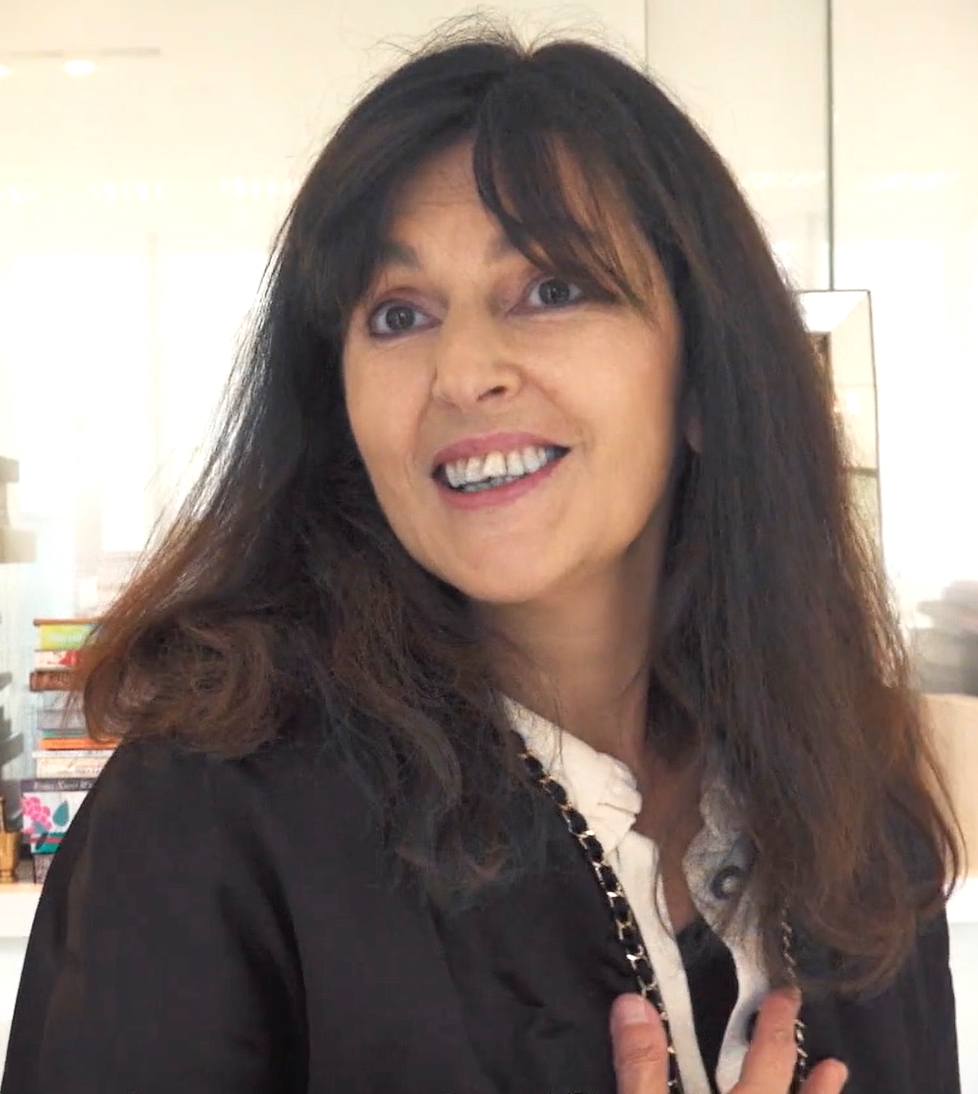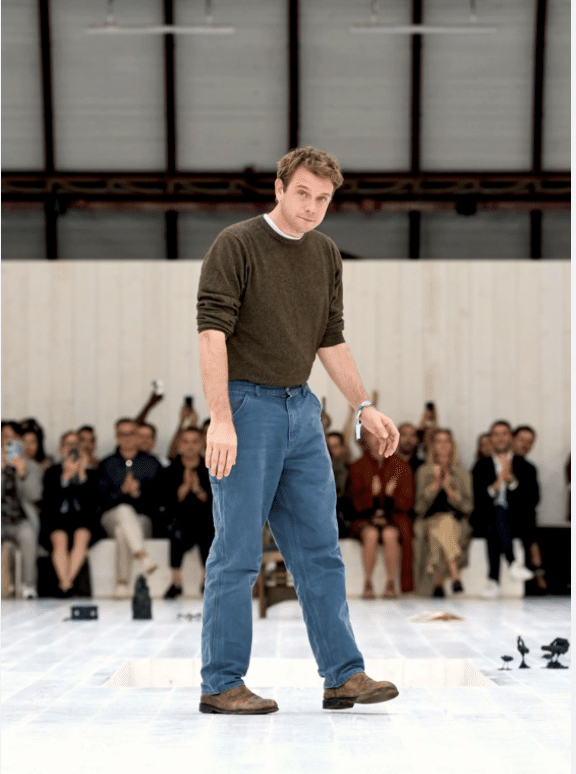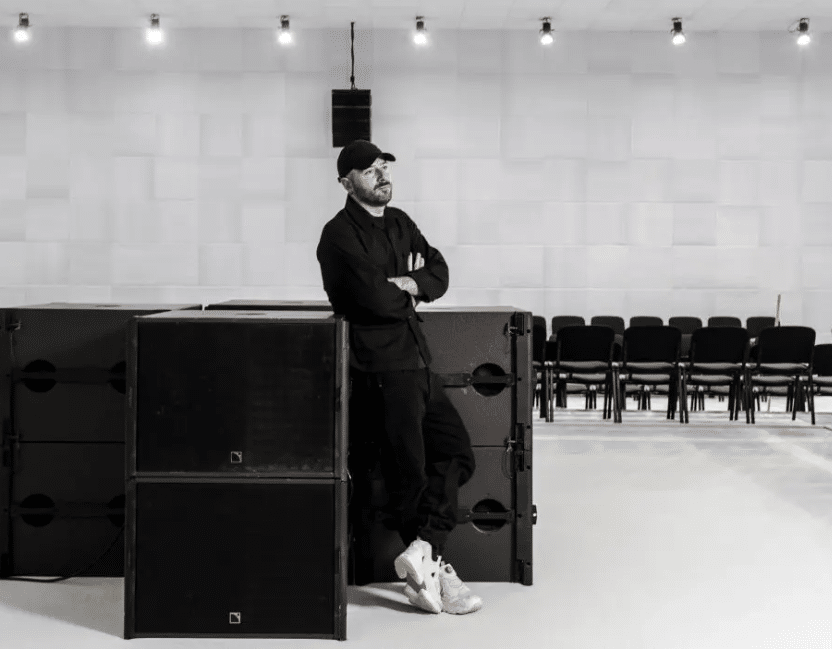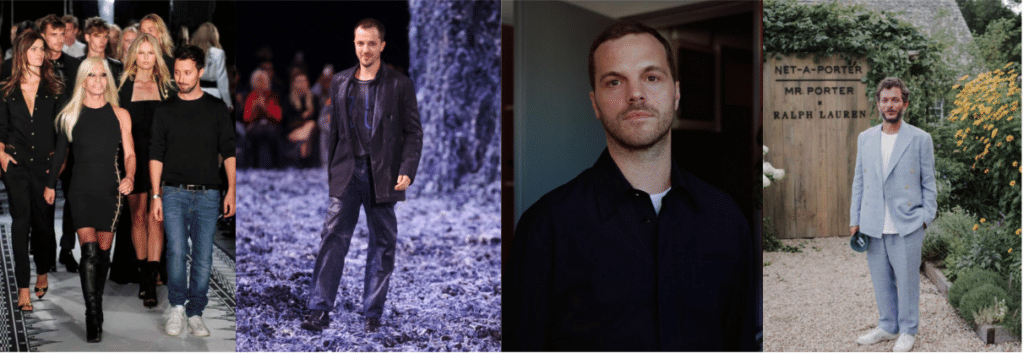
The great designer shuffle: when creative direction becomes market strategy
In fashion, nothing signals transformation quite like a change in creative leadership. With every season, luxury houses recalibrate their futures through a game of high-stakes musical chairs — reshaping brand DNA, reframing identity, and recalibrating commercial outlooks. In 2025, this choreography has accelerated. Jonathan Anderson leaves Loewe. Demna moves to Gucci. And the implications reach far beyond aesthetics.
These shifts are not merely symbolic. They are strategy in motion — moments where narrative, legacy, and market position are rewritten in real time.
The end of an era: Jonathan Anderson departs Loewe

The Puzzle bag, celebrating its 10th anniversary, is not just a product icon; it’s a symbol of Anderson’s design philosophy: precise, intelligent, quietly audacious. Collaborations with Uniqlo and red-carpet moments with figures like Zendaya and Harry Styles further extended his influence across fashion’s full spectrum.
What’s next for Anderson is already the subject of speculation. Dior? A personal label revival? Whatever his path, it’s likely to shape the next chapter of directional fashion.
Demna at Gucci: a collision of codes
Few appointments in recent memory have raised as many eyebrows — or expectations — as Demna’s move to Gucci.

For Kering, this is a calculated risk. Sabato De Sarno’s commercial reset failed to halt Gucci’s decline. Demna’s appointment signals a return to boldness — a bet on creativity as catalyst, not just commerce. But the stakes are high: investors responded with a 10% stock drop post-announcement (Reuters), reflecting concerns over alignment, cohesion, and market readiness.
This is not just about aesthetics. It’s about strategic repositioning — and the delicate tension between creative disruption and brand continuity.
Other shifts reshaping the industry
The rotation doesn’t end with Loewe and Gucci. Across the luxury landscape, a new generation of creative leads is emerging — each with a mandate to modernize, often without losing the essence of what came before.
- Dario Vitale at Versace: Succeeding Donatella marks a generational and symbolic shift. With roots in Dsquared2 and Miu Miu, Vitale inherits a house built on sensuality and spectacle. His challenge: reinvention without dilution.
- Glenn Martens at Maison Margiela: Known for his work at Y/Project and Diesel, Martens now takes on Margiela — a house synonymous with subversion and secrecy. His arrival hints at a bolder, more architectural era.
- Matthieu Blazy at Chanel: After a discreet yet innovative tenure at Bottega Veneta, Blazy’s move to Chanel raises expectations for quiet sophistication with emotional depth.
- Michael Rider at Celine: With roots at Ralph Lauren, Rider takes over from Hedi Slimane — signaling a potential pivot from rock-and-roll sharpness to understated luxury.
These appointments represent more than creative preference. They are reflections of how brands read the market — and where they believe the next chapter of luxury will be written.
Reinvention, relevance, and risk
In luxury, stasis is a risk. Creative change is often framed as a necessity — a way to avoid stagnation and remain culturally legible. But with every appointment comes a balancing act: evolve too fast, and you alienate your base. Move too slowly, and you fade from view.
Hedi Slimane’s radical rebrand of Celine in 2018 serves as a case study. Abandoning Phoebe Philo’s intellectual minimalism in favor of razor-sharp youth culture, he drew both praise and criticism. Yet over time, he cultivated a new audience — proof that bold reinvention, when backed by conviction, can create new commercial momentum.
On the other hand, designers like Virginie Viard at Chanel or Raf Simons at Dior opted for continuity with subtle reimagination. In both cases, critical reception was mixed — but the lesson remains: legacy offers stability, but not immunity from fatigue.
The most successful transitions aren’t just about new silhouettes. They’re about narrative clarity — crafting a compelling reason for the change, and a clear sense of direction.
Visibility as strategy: the media and market impact
Announcing a new creative director is now a global media moment — not just an industry update. It activates press coverage, social conversation, and investor response. It shifts stock prices and influences consumer behavior.
Pharrell’s appointment at Louis Vuitton menswear (2023) was a masterclass in earned media strategy. The debut wasn’t just a runway show — it was a cultural event, engineered to capture the imagination of both critics and fans.
The stakes are real. A creative transition can spark commercial revival or provoke existential questioning. Investors watch closely. Consumers react instantly. In today’s ecosystem, creative leadership is no longer just about product — it’s about positioning.
The new lexicon of luxury
Behind every headline lies a deeper tension: how do heritage brands remain culturally relevant without losing their soul? And how can new creative directors assert their vision while honoring the weight of the house they inherit?
These questions aren’t just creative — they’re strategic. They determine investor confidence, customer retention, talent attraction, and media resonance. In short: they determine market value.
At a time when identity is currency, creative direction is one of the most powerful levers a brand can pull. It’s not just about what a brand looks like. It’s about what it means, and who it speaks to next.
In 2025, the great designer shuffle isn’t a trend. It’s the industry rewriting its own future — one appointment at a time.







Leave a comment: